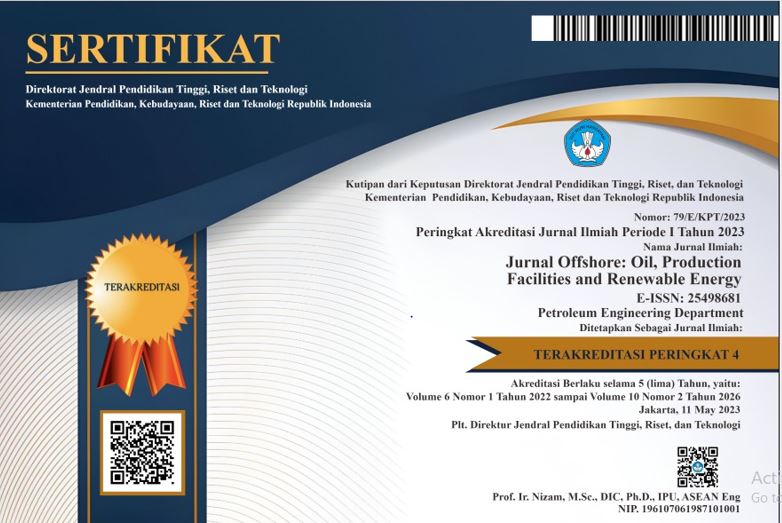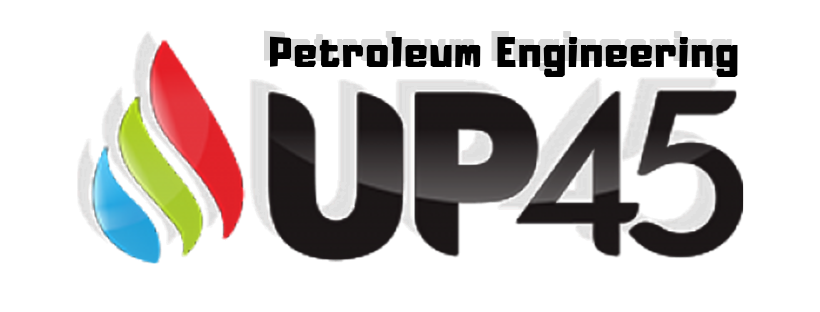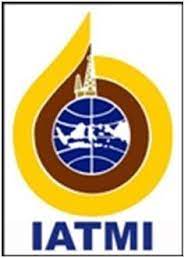Membandingkan Hasil Analisa Data Pressure Build Up Test Dengan Menggunakan Metode Horner dan Simulator Komersil untuk Mengetahui Produktivitas Sumur “Z“
(1) Pertamina Meruap
(*) Corresponding Author
Abstract
Abstrak
Dalam pengerjaan analisis Pressure Built-Up menggunakan metode Horner untuk sumur minyak dengan menganalisis tekanan transient dapat mengetahui nilai kemiringan hingga karakteristik reservoir. Hasil dari analisis horner kemudian akan dibandingkan dengan hasil analisi simulator komersial.
Pada dasarnya analisa Pressure Built-Up dilakukan pertama-tama dengan memproduksikan sumur selama suatu selang waktu tertentu dengan laju aliran yang tetap (konstan), kemudian menutup sumur tersebut. Penutupan sumur ini menyebabkan naiknya tekanan yang dicatat sebagai fungsi waktu (tekanan yang dicatat ini biasanya adalah tekanan dasar sumur). Tahap-tahapan analisa Pressure Built-Up dengan metode Horner adlah persiapan data pendukung seperti data produksi (tp, q, rw, pwf), data PVT (μ, B, Ct), data reservoir (, h) dan data PBU (Pws, t). Kemudian membuat grafik log-log plot dengan plot Δt vs ΔP. Kemudian membuat grafik semilog plot (Horner plot) dengan plot Pws vs .
Karakteristikreservoir yang dihasilkan pada analisis Horner berupa tekanan reservoir (P*) sebesar 1564.3 psi, permeabilitas (k) sebesar 66.60 md, skin faktor sebesar 10.84, ΔP skin sebesar 308.82 Psi, Ri sebesar 23598.88 ft dan FE sebesar 0.3809. Sedangkan karakteristik reservoir yang dihasilkan pada analisis simulator komersial berupa tekanan reservoir (P* atau Pi) sebesar 1526.46 psi, permeabilitas (k) sebesar 74.7 md, skin faktor sebesar 10.6, ΔP skin sebesar 275.349 psi. Nilai hasil FE pada simulator komersial tidak dapat diketahui. Dari perbedaan hasil ini dapat diketahui bahwa hasil perhitungan metode horner telah mendekati valid.
Abstrack
The execution of pressure Built-Up analysis using the Horner method for oil wells by analyzing transient pressure can find out the slope values to reservoir characteristics. The results of this Horner analysis will then be compared with the result of the simulator commercial analysis.
Basicly a Pressure Built Up analysis is done first by pumping wells during a certain time interval with a fixed flow rate, then shut the well. Closure of these wells cause a rise in pressure which is recorded as a functio of time. Analysis Pressure Built Up stage with Horners methode is the preparation of supporting data such as (tp, q, rw, Pwf), data PVT (μ, B, Ct), reservoir data (h) and data PBU (Pws, t). And than make the log-log graphs plot with plot between vs .
Reservoir characteristics resulting from the horner analysis in the form of reservoir pressure (P*) of 1564.3 psi, the permeability of 66.60 md, skin factors of 10.84, ΔP skin of 308.82 Psi, Ri of 23598.88 ft, and FE of . While the reservoir characteristict produced in the Simulator commercial analysis were reservoir pressure (P* or PI) of 1526.46 psi, permeability (k) of 74.7 md, skin factor of 10.6, Ri of ft and ΔPskin of 275.349 Psi. The value of FE in the simulator commercial cannot be detected. From the difference in these results, it can be seen that the calculation results of the Horner method are close to valid.
Keywords
Full Text:
PDFReferences
Dake, L.P., (1994). The Practice of Reservoir Engineering. Amsterdam : Development in Petroleum Science, Elvesier.
Matthews, C.S., (1967). Pressure Buildup and Flow Test in Wells. New York : Society of Petroleum Engineers of AIME.
Chaudhry, Amanat., (2004). Oil Well Testing Handbook. Texas : Gulf Professional is imprint Elsevier.
Lee, John., (1982). Well Testing. New York : Society of Petroleum Engineers of AIME.
Sabet, M.A., (1991). Well Test Analysis. Texas : Gulf Professional is imprint Elsevier.
Earlougher, Robert C., (1977). Advances in Well Test Analysis. New York : Society of Petroleum Engineers of AIME.
DOI: https://doi.org/10.30588/jo.v5i1.977
Article Metrics
Abstract view : 152 timesPDF - 98 times
Refbacks
- There are currently no refbacks.
Copyright (c) 2022 firdaus - firdaus

This work is licensed under a Creative Commons Attribution 4.0 International License.




.jpg)










.png)